Blackmagic Design has never played by Hollywood’s rules — and that’s exactly why the industry keeps watching. With a history of democratizing high-end cinema gear through jaw-droppingly affordable cameras, Blackmagic has positioned itself as the ultimate disruptor. But in 2025, a bigger story is unfolding: Blackmagic is not just disrupting — it’s designing the future of high-end image capture. Two strategic patents, one from 2019 and a newly granted one in 2023, reveal that the company is now diving deep into custom sensor development. These patents go beyond software or camera bodies — they point to sensor architecture, image processing pipelines, and core light capture technology. When paired with products like the URSA Cine 17K 65 and Pyxis 12K, it becomes clear: Blackmagic is no longer content with playing in the minor leagues — it’s gunning for ARRI, RED, Sony, and Canon. Let’s unpack these patents, and what they mean for the future of cinema.
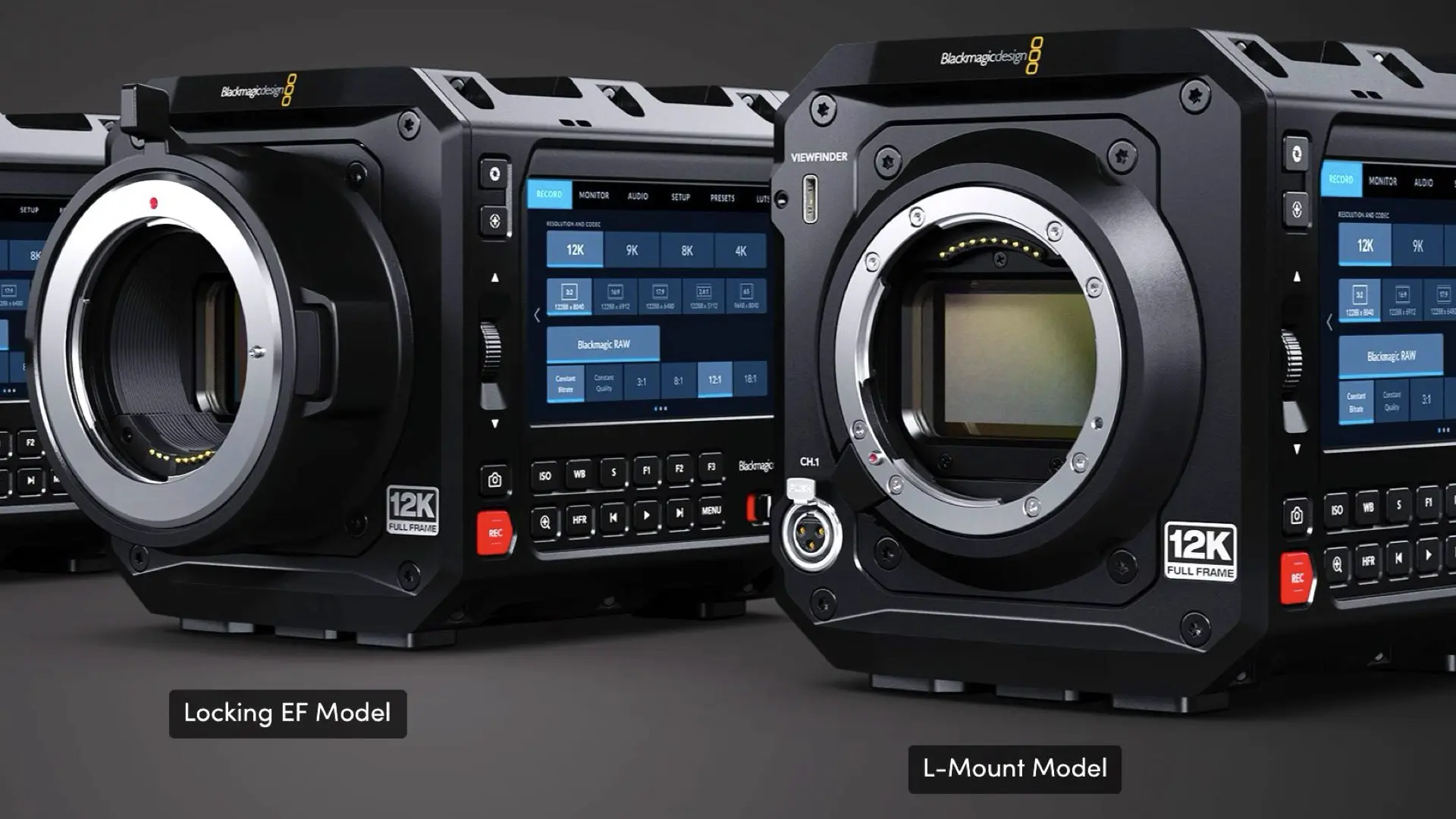
A Glimpse into the Tech: What Do These Patents Say?
Patent 1: US20190306472A1
Title: Image Processing Method and Filter Array
Filed: March 2019 | Published: October 2019
This patent introduces an intelligent way of capturing and processing light inside a camera using a new color filter array (CFA). Think of a CFA as a tiny mosaic of color filters (usually red, green, and blue) placed on top of a camera sensor so it can see color. But Blackmagic’s CFA is different. It blends narrowband filters (Red, Green, Blue) with wideband filters (essentially clear or “white” filters that capture more light). In this hybrid design, some pixels are dedicated to color, while others just soak up as much light as possible — perfect for low-light or high-dynamic-range scenarios.
Why does this matter?
This hybrid CFA allows the sensor to:
-
Capture more light, especially in dark scenes.
-
Maintain color accuracy using narrowband RGB pixels.
-
Create superior luminance images (brightness data), which is crucial for tone, detail, and HDR workflows.
The patent also introduces methods for processing this mixed pixel data using filter kernels (imagine smart mathematical blending), enabling smoother images with more detail and less noise.
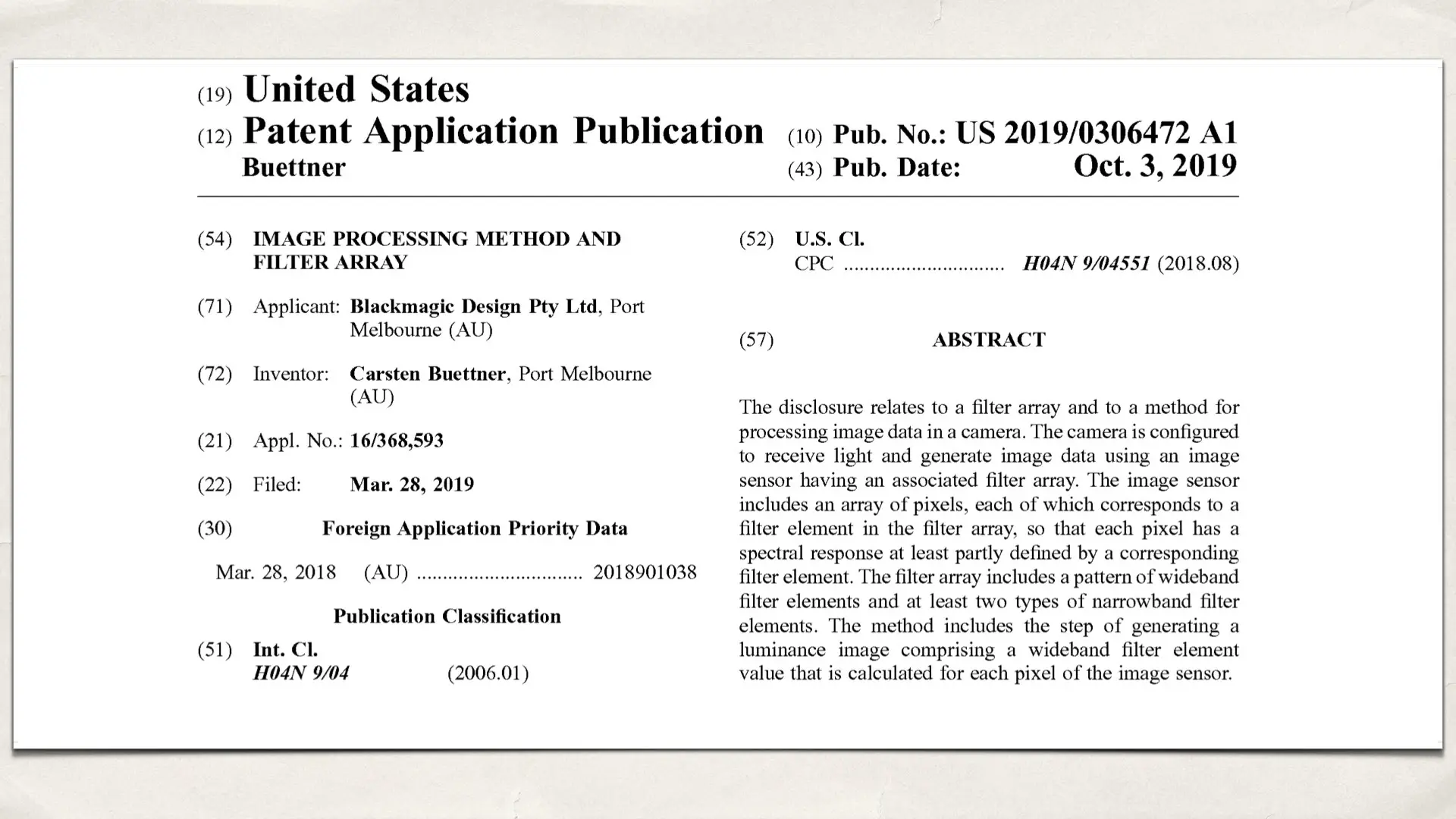
Patent 2: US11632525B2
Title: Image Processing Method and Filter Array Including Wideband Filter Elements and Narrowband Filter Elements
Granted: April 2023
This second patent is essentially the evolution and official reinforcement of the 2019 patent. It expands the design and protects Blackmagic’s more mature architecture for image sensors that combine wideband and narrowband filter elements. The highlight? It allows the sensor to output multiple types of luminance images from different pixel combinations — and then merge or switch between them depending on the lighting conditions.
Technical Highlights:
-
Dual luminance image streams (from wideband and RGB pixels).
-
Adaptive blending between the streams to extend dynamic range.
-
A design that supports pixel binning, increasing sensitivity and speed.
-
Matching spectral profiles for color consistency, even under changing conditions.
In short: it’s a flexible, high-performance sensor architecture purpose-built for cinema. Blackmagic isn’t just buying sensors anymore — they’re building their own optical DNA.

From Innovation to Execution
These patents aren’t just theory. They’re already influencing Blackmagic’s most ambitious products — and it shows. Take the stunning URSA Cine 17K 65 vs Fujifilm GFX ETERNA, a battle of medium-format titans. The URSA Cine’s giant sensor and unmatched resolution suggest Blackmagic is now competing with ARRI and IMAX, not just indie filmmakers’ favorites. Meanwhile, the Blackmagic Pyxis 12K boasts twice the readout speed of the original URSA 12K — a performance feat made possible by the advanced readout strategies hinted at in the newer patent. And the recent firmware overhaul covered in Manufacturing Excellence: What Blackmagic’s New Firmware Update Really Means for the URSA Cine 17K 65 shows that these designs aren’t standing still. Blackmagic is actively refining how light flows through its custom-designed sensors and into its processing pipeline.

Building Sensors Like the Big Boys
These patents are significant because they signal a shift in how Blackmagic operates. Historically, cinema camera companies bought sensors from giants like Sony Semiconductor and then customized color science or processing. But that model has limits — you’re only as good as the silicon you can buy. By contrast, ARRI, RED, and now Blackmagic are developing their own sensor designs — custom architectures that prioritize what filmmakers need:
-
Clean shadows
-
Natural highlight roll-off
-
Low noise in high resolutions
-
High dynamic range
-
Fast readout to avoid rolling shutter
Blackmagic’s patents show they’re designing systems that do exactly that — from the pixel structure itself all the way to the final image processing pipeline.

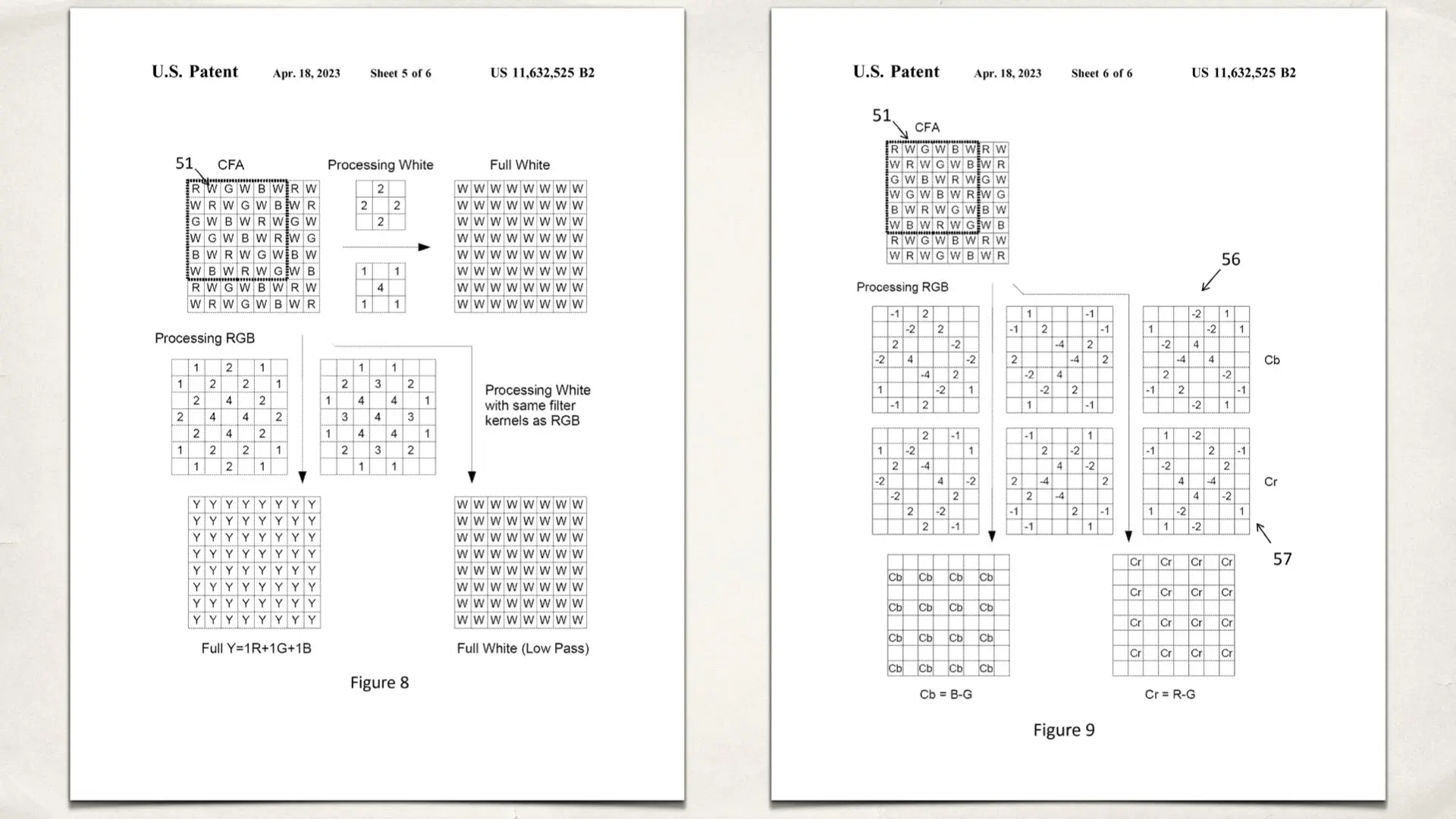
The Strategic Shift: Beyond Disruption
Blackmagic has long been known for delivering incredible value — 6K, 12K, and now 17K sensors at prices competitors couldn’t match. But with these patents, they’re making it clear that price is no longer their only edge. They’re going after image science. Sensor design. Proprietary CFAs. Analog and digital readout control. Everything that separates the contenders from the champions. In fact, as covered in Blackmagic Design: Earning Its Place Among Cinema Giants, the company is gradually cementing its place not just as a challenger — but as a peer to ARRI and Sony. And earlier speculation that URSA Cine 12K Might Become the Main Competitor for ARRI Alexa and Sony VENICE now feels prophetic. These patents provide the legal and technical backbone to turn that speculation into reality.
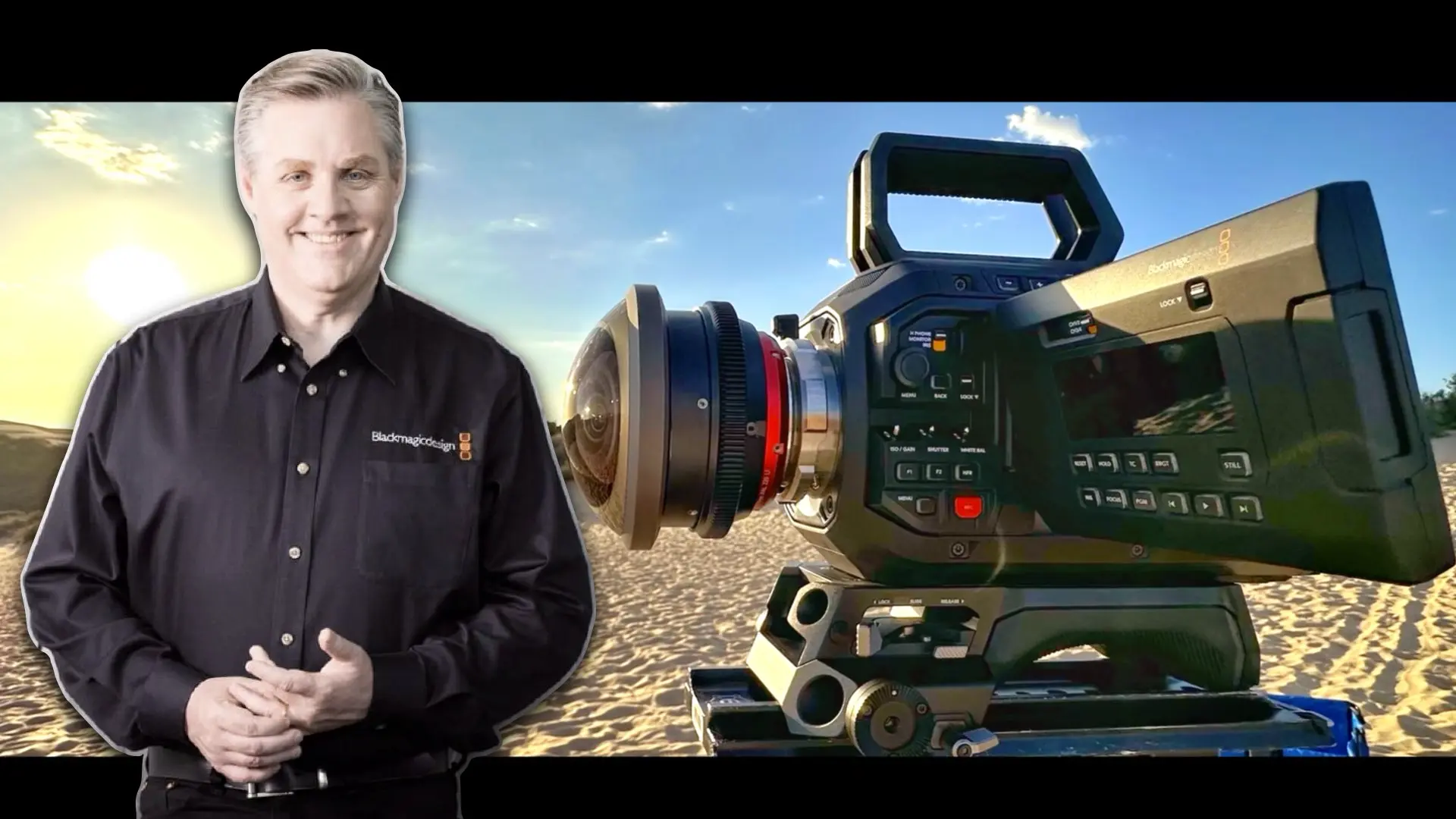
Final Thoughts: Blackmagic’s Image Future
The future of cinema isn’t just about resolution or frame rate — but about who controls the sensor, the processing, and the science. Hence, Blackmagic is no longer just participating in that future — it’s authoring it. So next time you see a Blackmagic camera on set, know this: behind that stylish black box is a serious brain trust working at the sensor level to challenge the industry’s biggest players — and increasingly, winning.
Here are the featured products and where you can buy them:

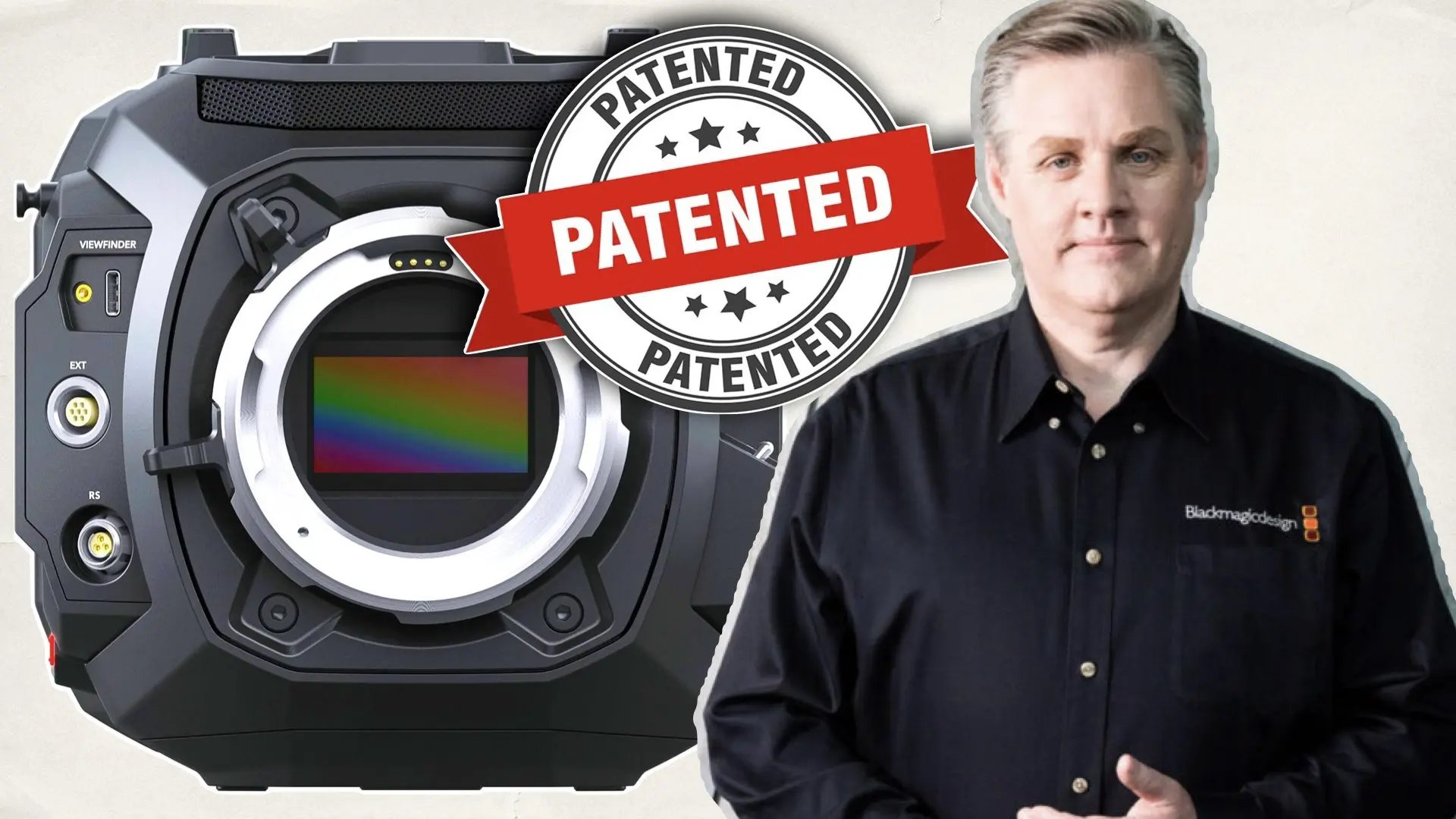
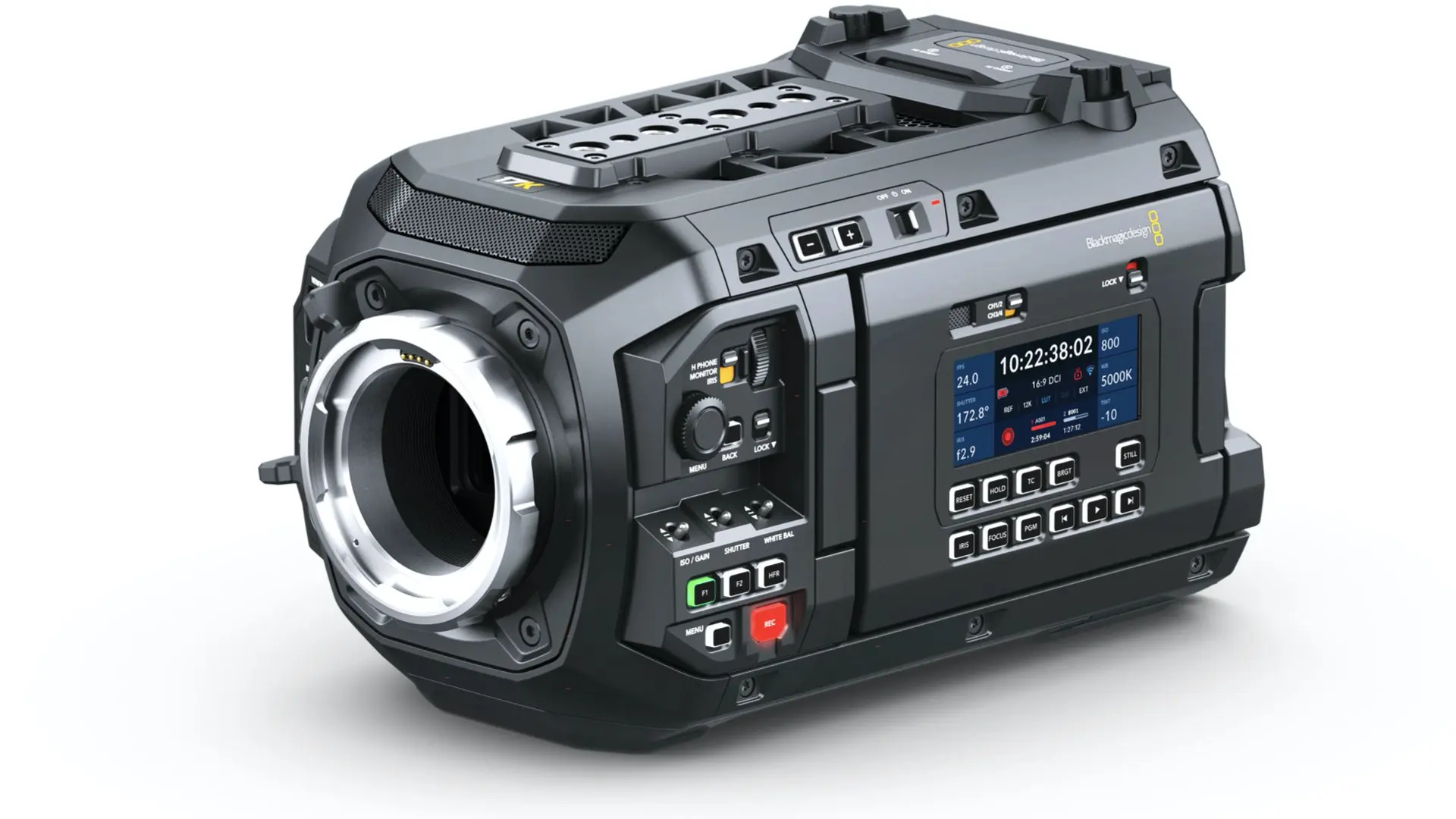

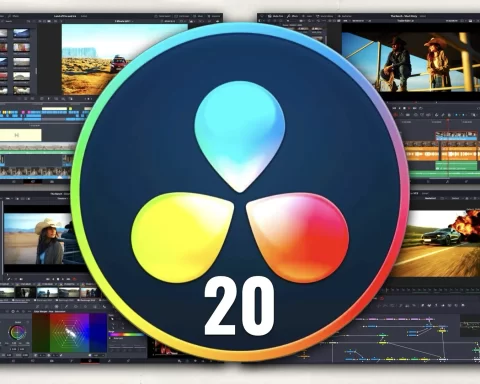
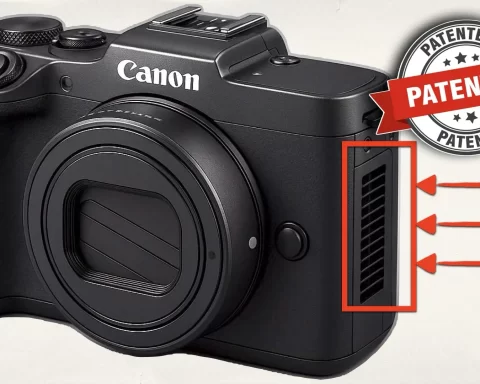

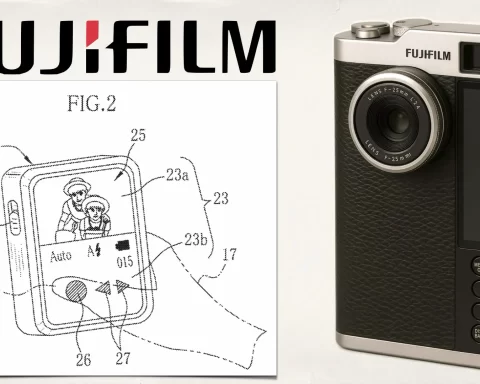
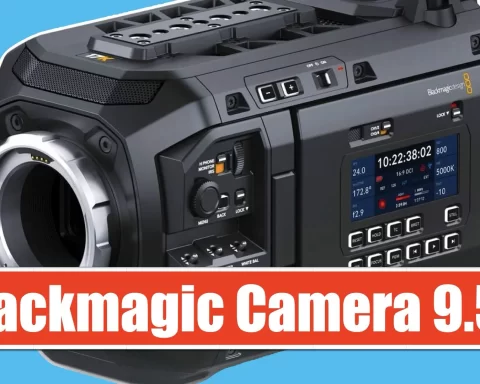


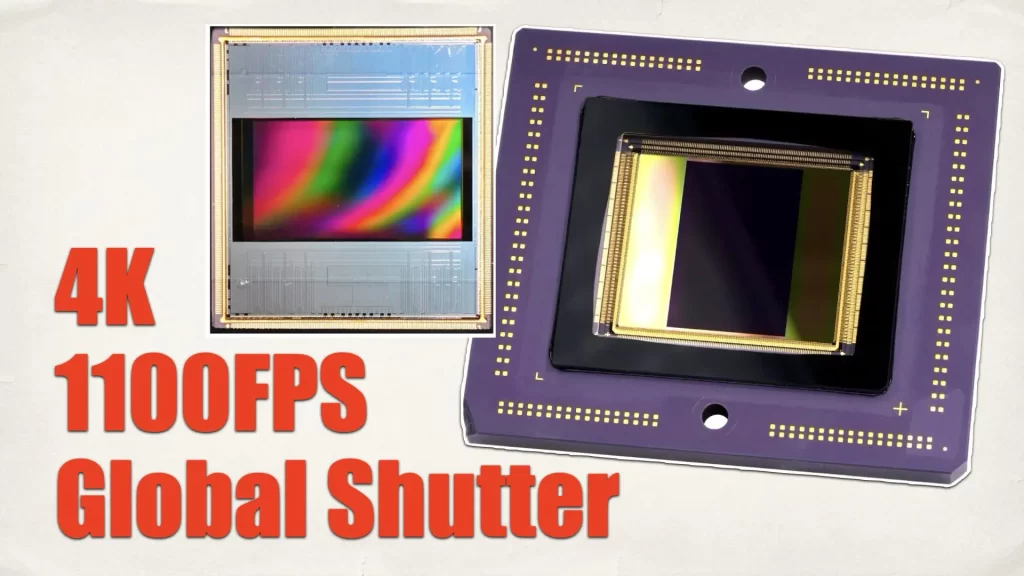
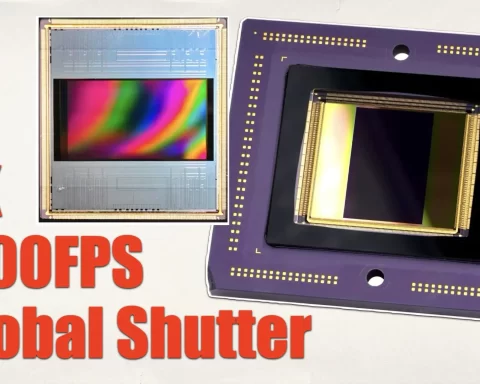

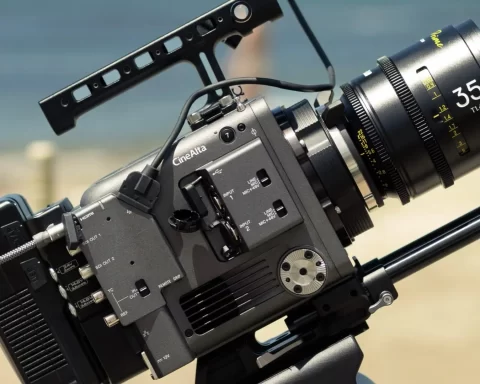
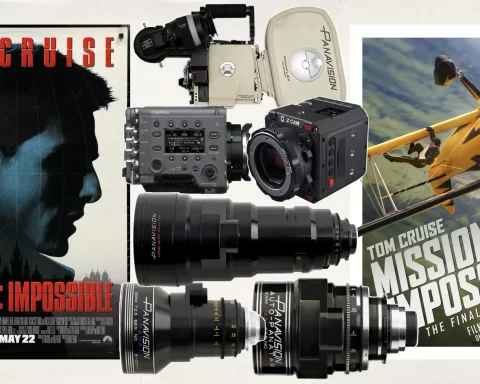
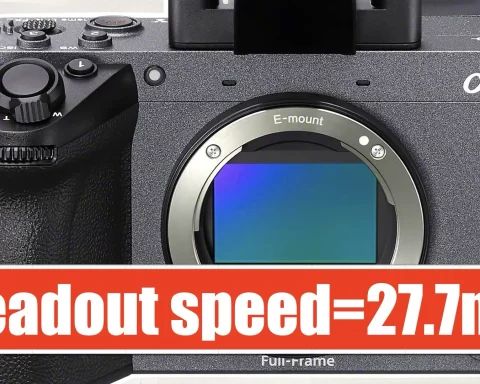

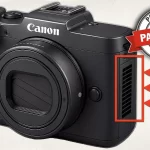
Cool write up